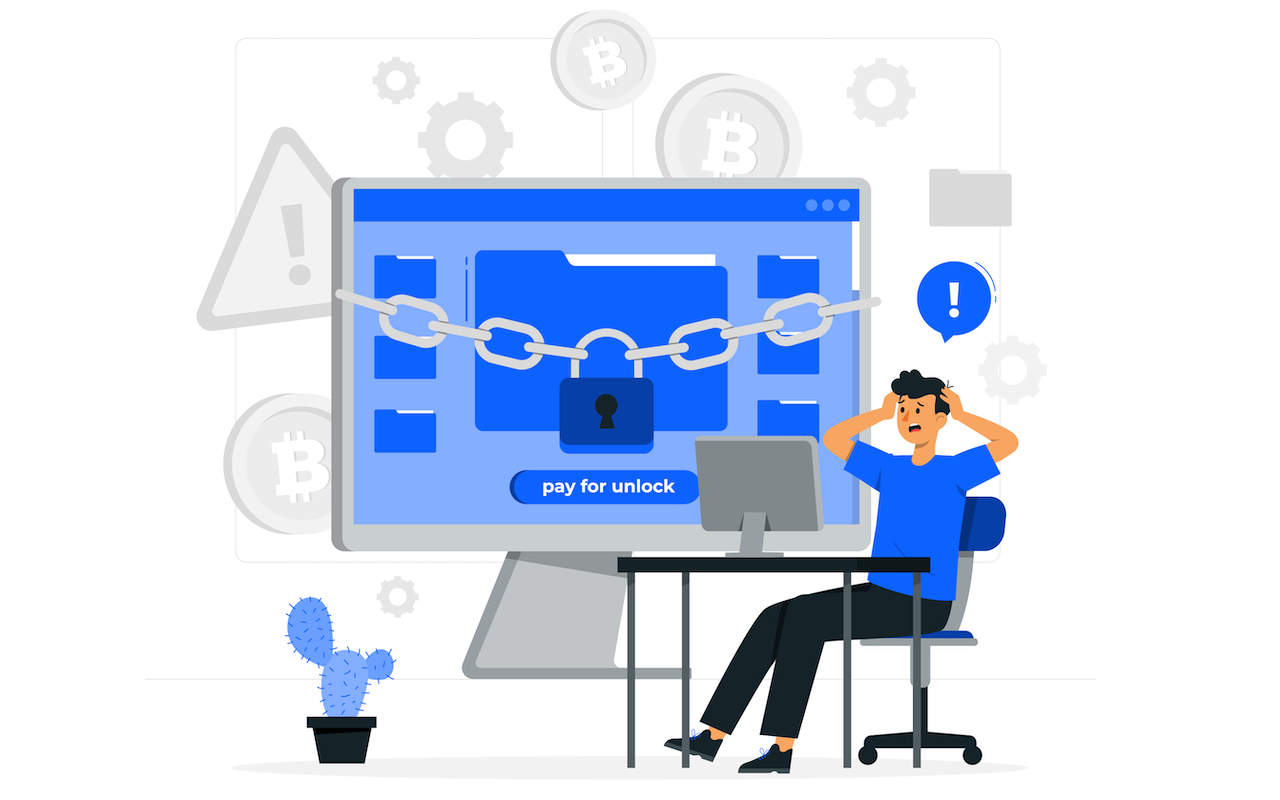
In early 2024, a mid-sized architectural firm in New Jersey faced every business owner's nightmare—a sudden ransomware attack that brought operations to a standstill. Years of client files, AutoCAD designs, financial records, and project notes were inaccessible within minutes. The first clue to the breach came not from a cybersecurity alert—but from a suspicious foreign IP address buried in the company’s firewall logs.
Phase 1: The Unnoticed Entry Point
A review of server access logs revealed a series of brute-force login attempts to their Remote Desktop Protocol (RDP) port, originating from a non-whitelisted IP: 185.220.x.x. Using IP geolocation tools, the address was traced to a Tor exit node operating out of Eastern Europe—a known proxy path for cybercriminals trying to hide their real location.
This IP had attempted hundreds of failed logins over a period of several days, but finally gained access during off-hours—at 3:11 AM on a Saturday. No automated threat detection system was configured to flag the event, and no staff was monitoring remote connections overnight.
Shortly after the unauthorized login, the ransomware was deployed.
Phase 2: The Encryption Event
The attacker used a variant of LockBit, one of the fastest-growing ransomware families, to encrypt file shares across the network. Within minutes, employees were greeted with a ransom note demanding 2.5 BTC (Bitcoin)—roughly $70,000—to decrypt their files.
- All network drives and backups were encrypted
- Windows Shadow Copies were deleted
- Local anti-virus software was disabled silently
What made the situation more dangerous was the apparent exfiltration of data before the encryption. Network traffic showed outbound packets routed through the same IP, suggesting that the attacker had stolen sensitive blueprints and contracts—adding a data breach component to the attack.
Phase 3: Forensic Analysis & Recovery Begins
The firm contacted data recovery company, and the team immediately initiated a forensic triage. The first goal was to image the affected drives and isolate them in a clean environment to prevent further contamination or accidental overwriting.
Using our internal forensic tools and sector-level access imaging, they identified:
- Residual unencrypted metadata
- Partial file fragments in Windows temp directories
- Older, intact file structures in backup partitions not entirely encrypted
With the help of their advanced data carving techniques, over 78% of mission-critical files were successfully recovered. These included signed contracts, PDF presentations, and hundreds of .DWG design files.
In parallel, they prepared a digital forensics report that traced the original intrusion, linked it to the suspicious IP, and logged all suspicious activity. This report helped the business in filing a cyber insurance claim and providing documentation to law enforcement.
Why This Case Matters
This case is more than a technical story—it’s a cautionary tale of what can happen when small security gaps go unnoticed. It shows the direct connection between IP-based threats and real-world data loss that can financially devastate a company.
Key Takeaways for Businesses
- Monitor IP addresses actively: Use geolocation-based IP tracking to spot unauthorized access attempts in real-time.
- Close unused RDP ports: Leaving remote access open without strict controls is one of the leading causes of ransomware attacks.
- Invest in layered backups: Always have offline or immutable backups. Attackers often target backup drives first.
- Have a recovery partner on standby: Not all hope is lost after encryption—professional data recovery can often retrieve substantial portions of lost data.
The Role of IP Geolocation in Cybersecurity
While tools like antivirus and firewalls are standard, IP tracking and geolocation-based monitoring are often underutilized. In this case, a simple alert rule for foreign IPs attempting RDP access could have prevented the entire breach. Tools like IPLocation.net can help businesses:
- Identify unusual connection patterns
- Create geofencing rules to block high-risk regions
- Analyze historical access logs for forensic insight
Combined with strong authentication policies (2FA, IP allowlisting), IP geolocation becomes a powerful layer of cyber defense.
The Business Cost of Ransomware & Data Loss
Data loss doesn’t just mean missing files—it can lead to:
- Lost client trust
- Regulatory penalties if sensitive data is leaked
- Weeks of downtime
- Permanently loss of intellectual property
For this architectural firm, recovery costs (without paying ransom) totaled around $25,000, but they avoided further losses through prompt recovery and documentation.
Final Thoughts
Cyberattacks often begin with something as simple as a single IP address making repeated access attempts. But the consequences can be devastating if businesses don’t monitor and act early. With tools like IPLocation.net and services like PITS Data Recovery, companies can not only detect threats sooner but also recover faster and smarter.
By combining network-level visibility with deep hard drive recovery expertise, businesses can better withstand modern cyber threats and maintain continuity in the face of disaster.
Share this post
Leave a comment
All comments are moderated. Spammy and bot submitted comments are deleted. Please submit the comments that are helpful to others, and we'll approve your comments. A comment that includes outbound link will only be approved if the content is relevant to the topic, and has some value to our readers.

Comments (0)
No comment